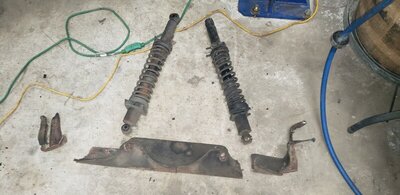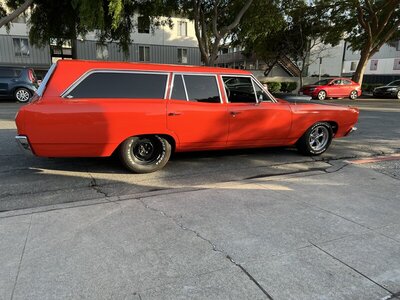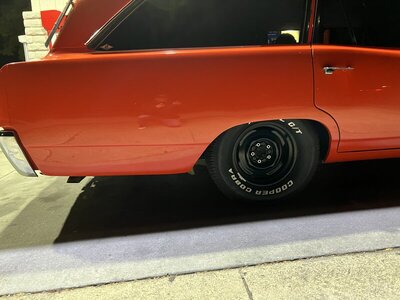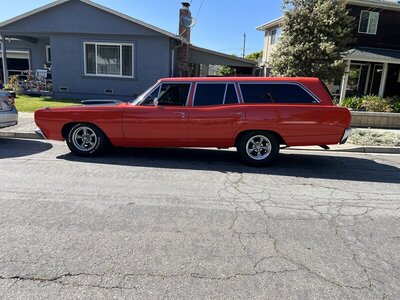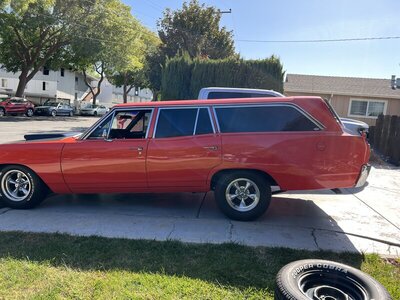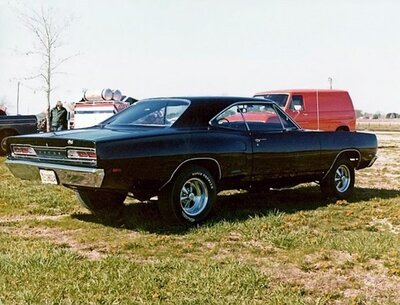I've been working & modifying these cars for 50 years. "oftentimes" the crossbraces fail ??? I'd like to know how many you've had that did so, and how many you've seen. I'll give you my answer = Zero. Yes, you're right, the shocks are controlling the load forces,and those load forces are directly on the shock mounts on the body and axle.
I'm surprised you'd post this; you've no doubt been in the hobby for a similar timeframe as myself -
which means you've been exposed to reports of rear shock crossmembers failing (heck, there's even a post
in this very thread of one doing so); a quick search of this site will bring up other instances reported.
I've read/seen past reports on this site and others of failures of this part of the cars; typically from rust, but
other times I recall reading of factory omissions of welds, defective alignments, weak metal...
and yes, I've witnessed one such crossmember literally fall out of a car while on the lift at a shop I worked
at while going to college 40+ years ago, the victim of air shocks and some corrosion.
Once the mechanic started unbolting the shocks for removal, here came the crossmember down on his noggin.
Regardless, shocks control movement and dampen shocks to the chassis -
within the design limits of travel of the
springs on said car.
They are not intended to perform the same work
as the springs on the car - the construction of structural
components would indicate that even to the untrained eye, after all - which is why spring mounting points and
hardware on a given car are so much beefier by comparison.
I like the
SAE "simple" definition of the purpose of shocks ("dampers"):
Shock absorbers damp out the (otherwise simple harmonic) motions of a vehicle up and down on its springs.
They must also damp out much of the wheel bounce when the unsprung weight of a wheel, hub, axle, and
sometimes brakes and the differential bounces up and down on the springiness of a tire.
